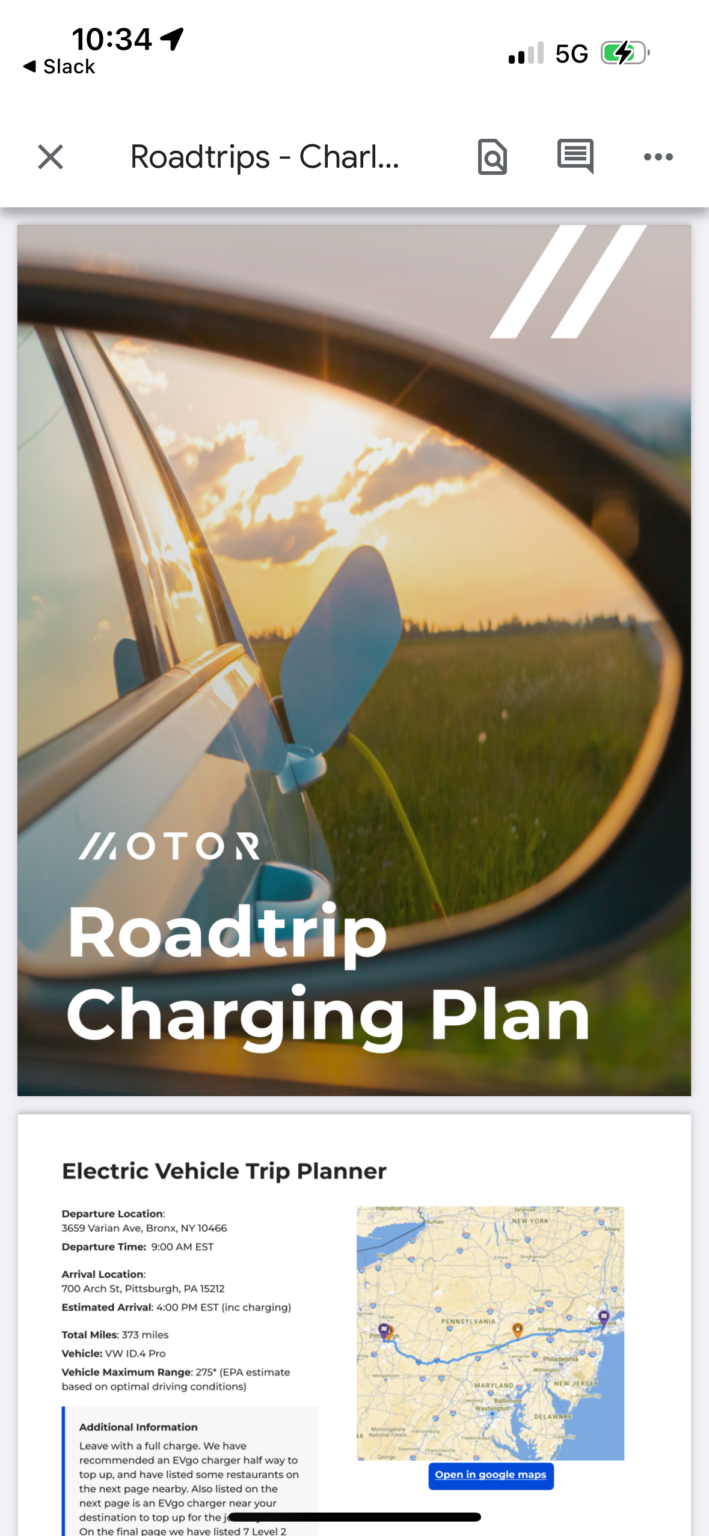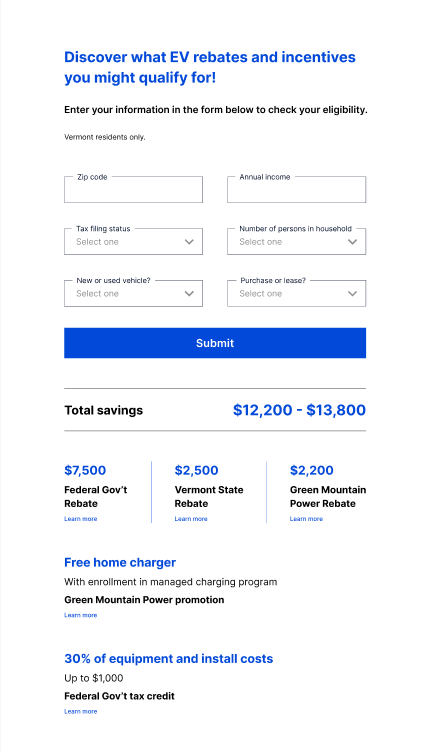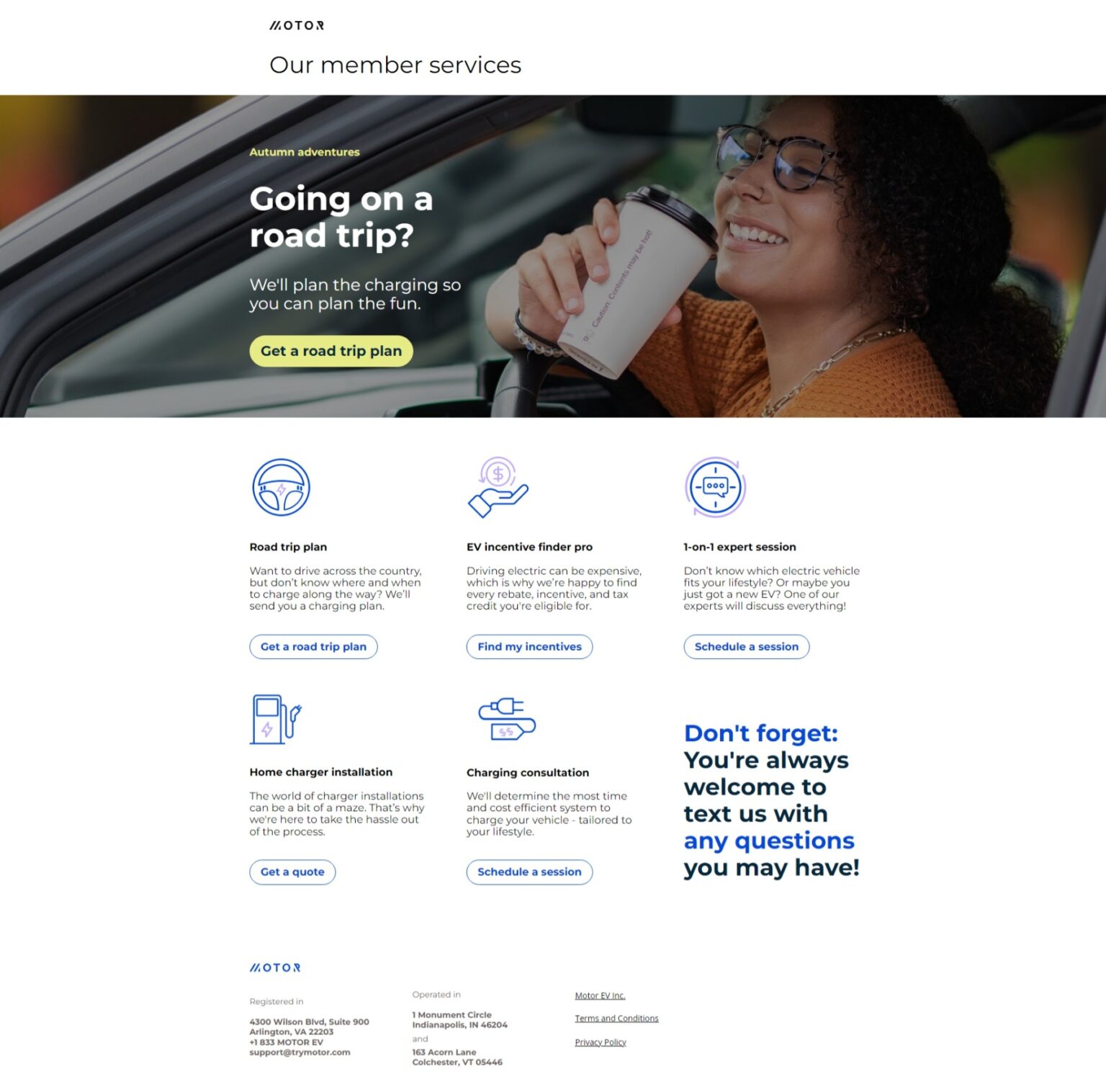Design & strategy
for EV concierge products
MY ROLE
Product
Designer
THE PROJECT
Design and build products for major pivot in product strategy
THE COMPANY
Backed by a Series A investment from The AES Corporation and Mitsubishi Corporation, Motor partnered with electric utilities to accelerate the electric vehicle transition through products designed to help drivers discover, adopt, and stick to EVs.

THE RESULTS
18% customer engagement with incentive finder
$1+ million in incentives found for customers
250% increase in road trip plans
95% customer satisfaction rate
But wait...
About Motor's product pivot
Originally, Motor's flagship product was providing electric vehicle subscription in partner utility company territories. These helped EV-curious drivers experience driving electric and see how EVs fit into their life.
Unfortunately, this was not a sustainable business model. Shortly after I joined the team, we made a major product pivot to providing a concierge service for new EV drivers.
We began partnering with dealerships and providing our new service, EV Nav, to all EV buyers.
What is EV Nav?
Our service that aimed to remove any friction from drivers' transition to electric vehicles. It needed to be more than a 24 hour helpline - what else can we offer?
Before any product development could begin, I needed to answer the questions:
Who is our target customer?
What are the major barriers to EV adoption?
finding our target customers
With all EV buyers funneling to us from car dealerships, there was a wide variety in their needs, pain points, and goals.
Through many conversations with our customer facing teams, surveys, and customer interviews, I developed our new personas:
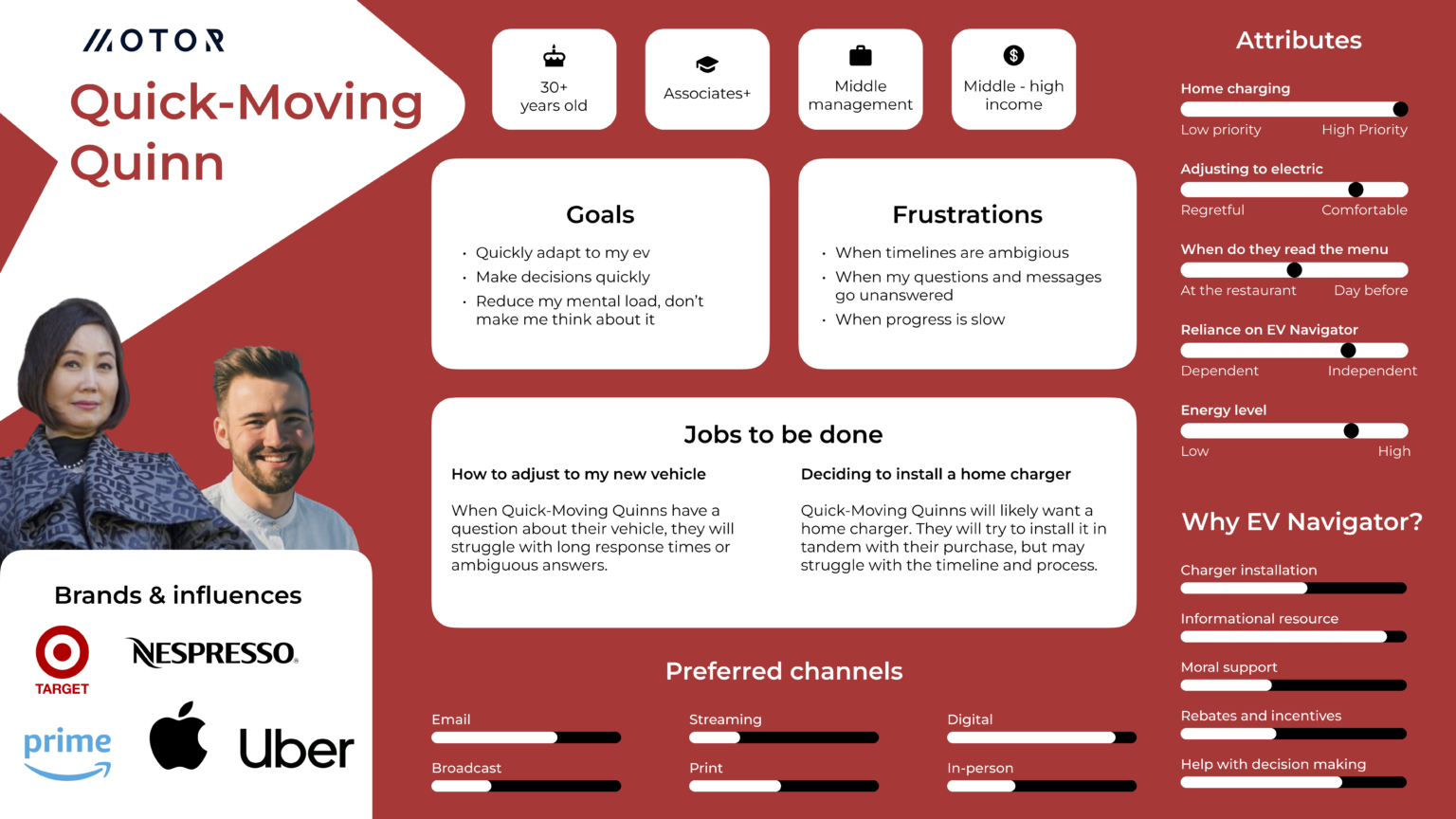
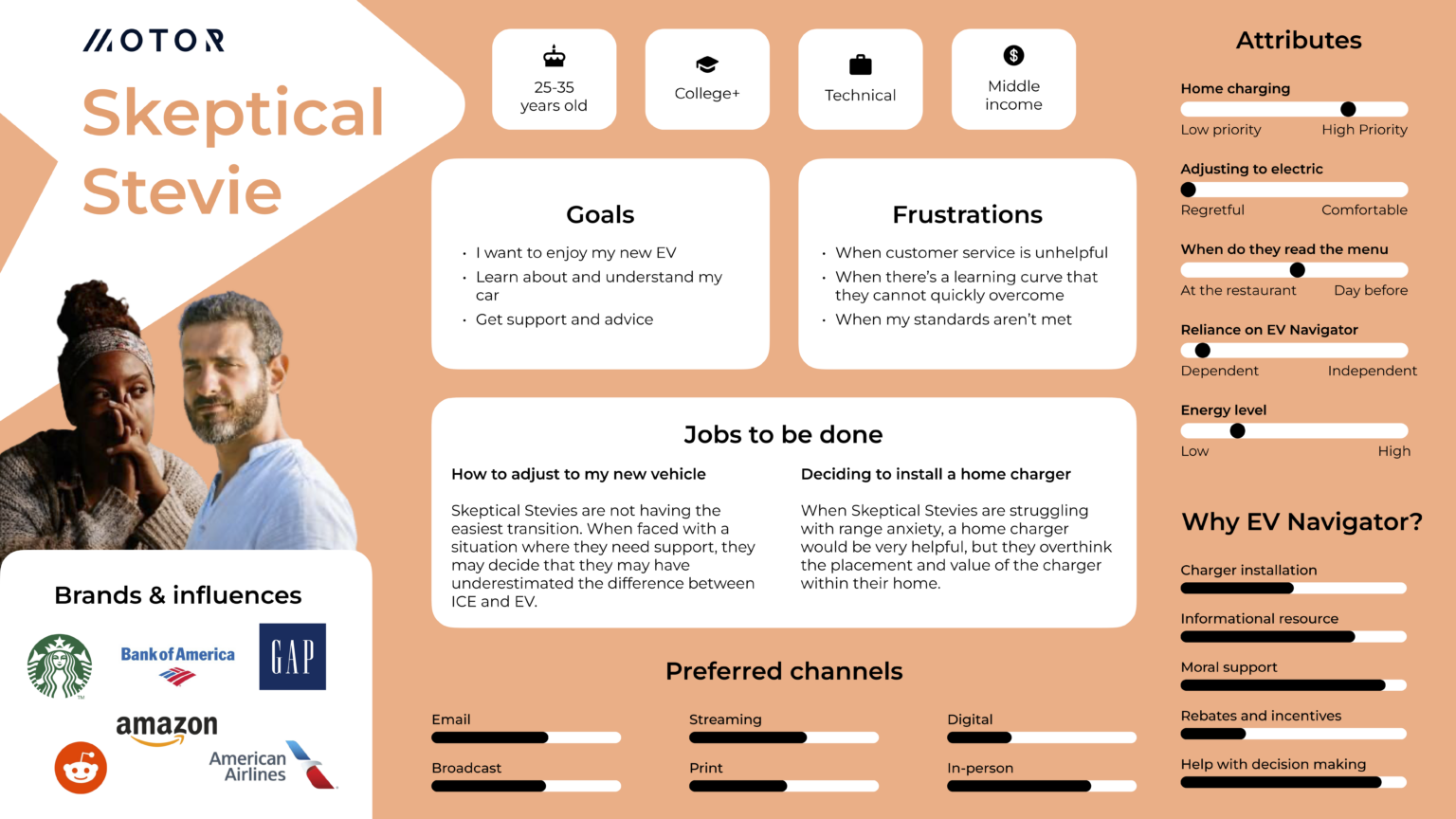
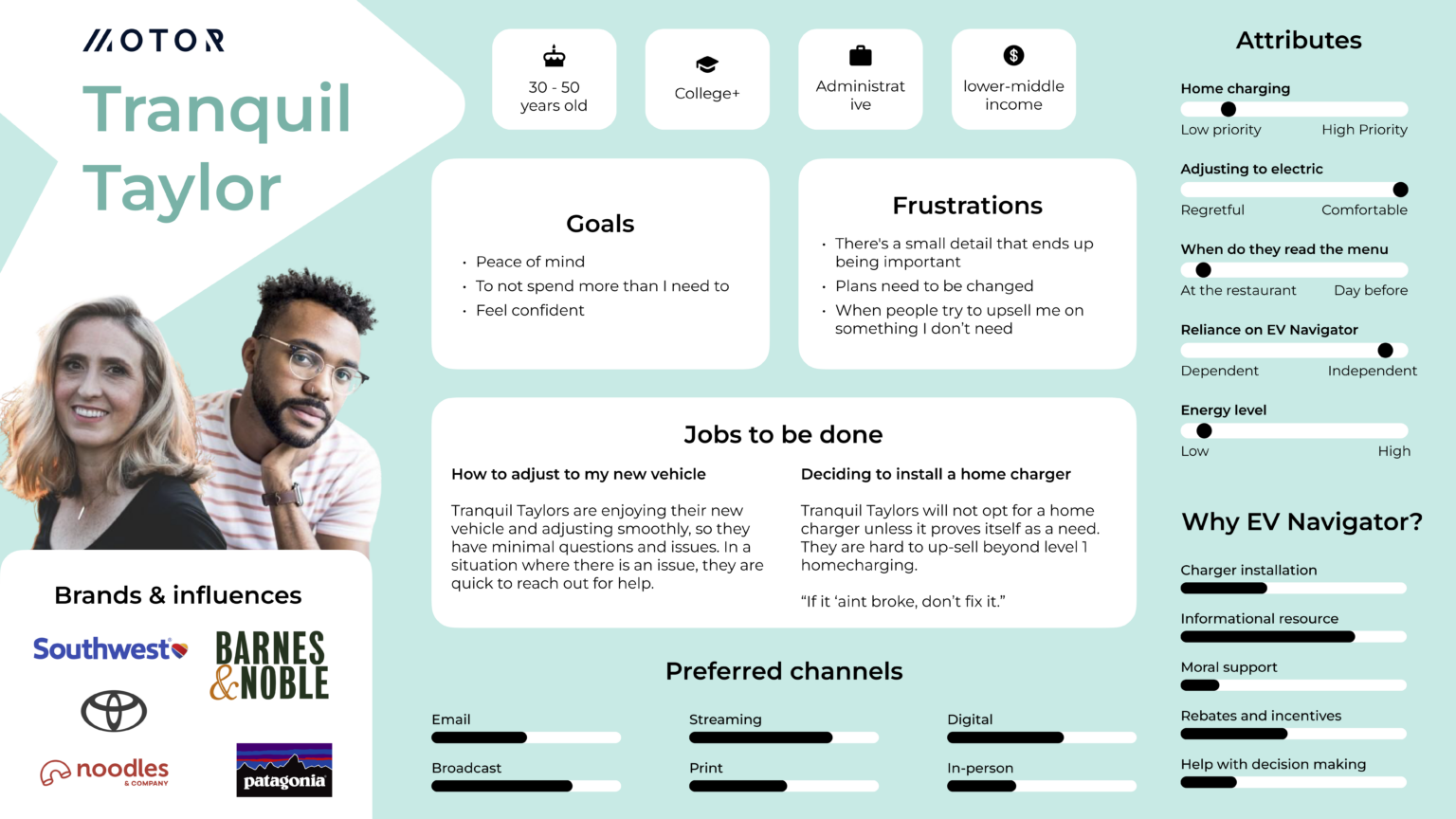
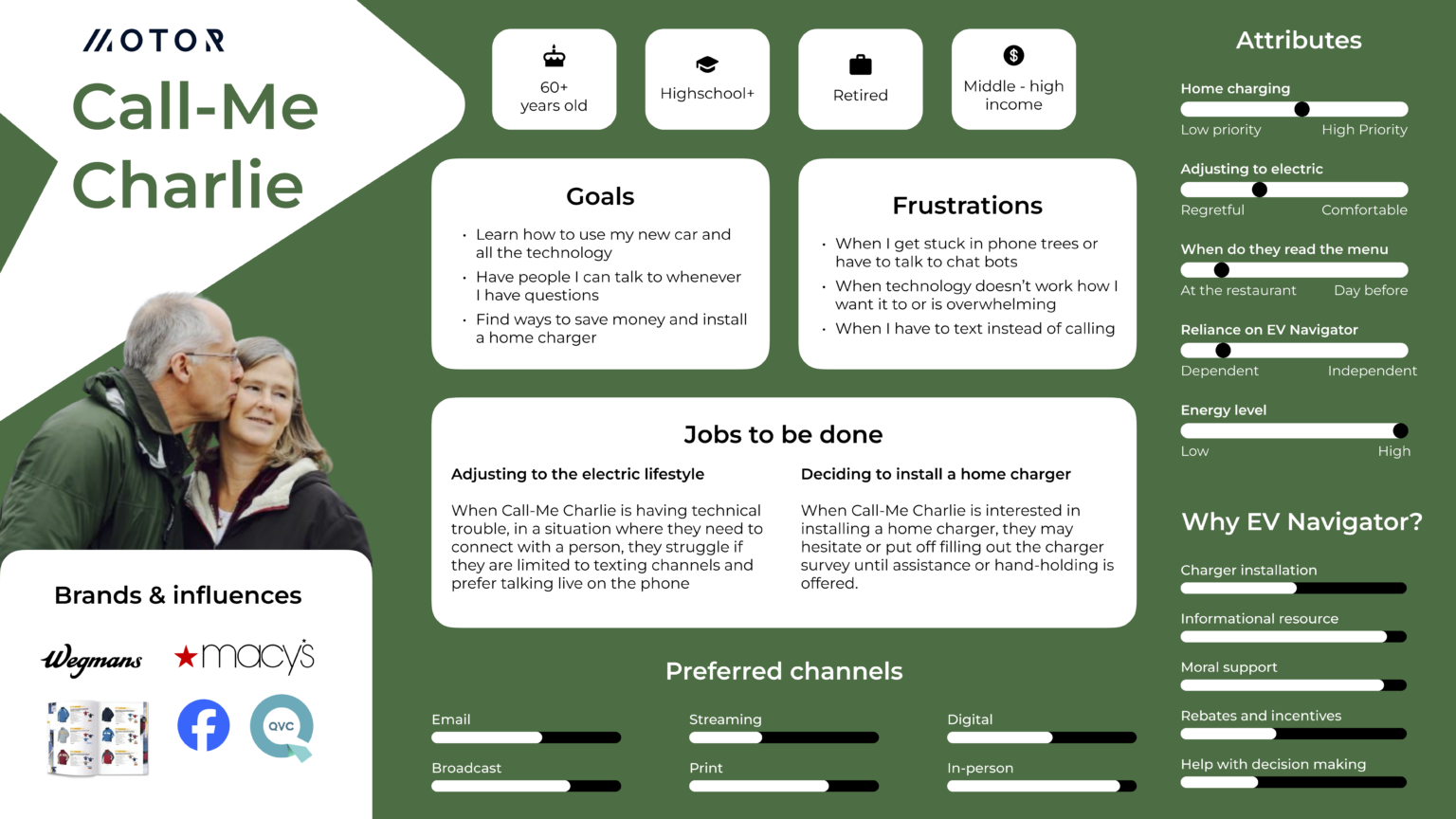
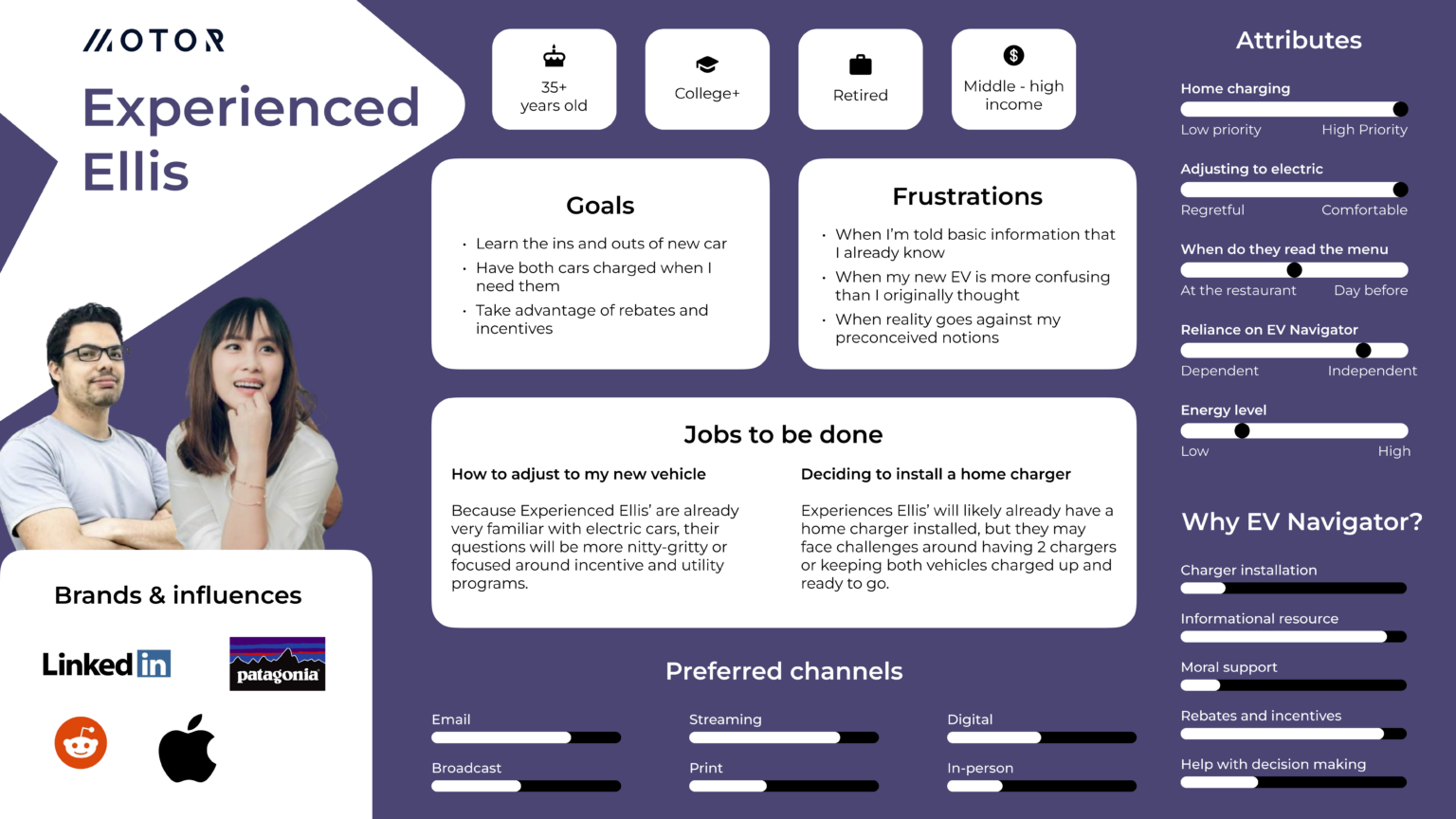


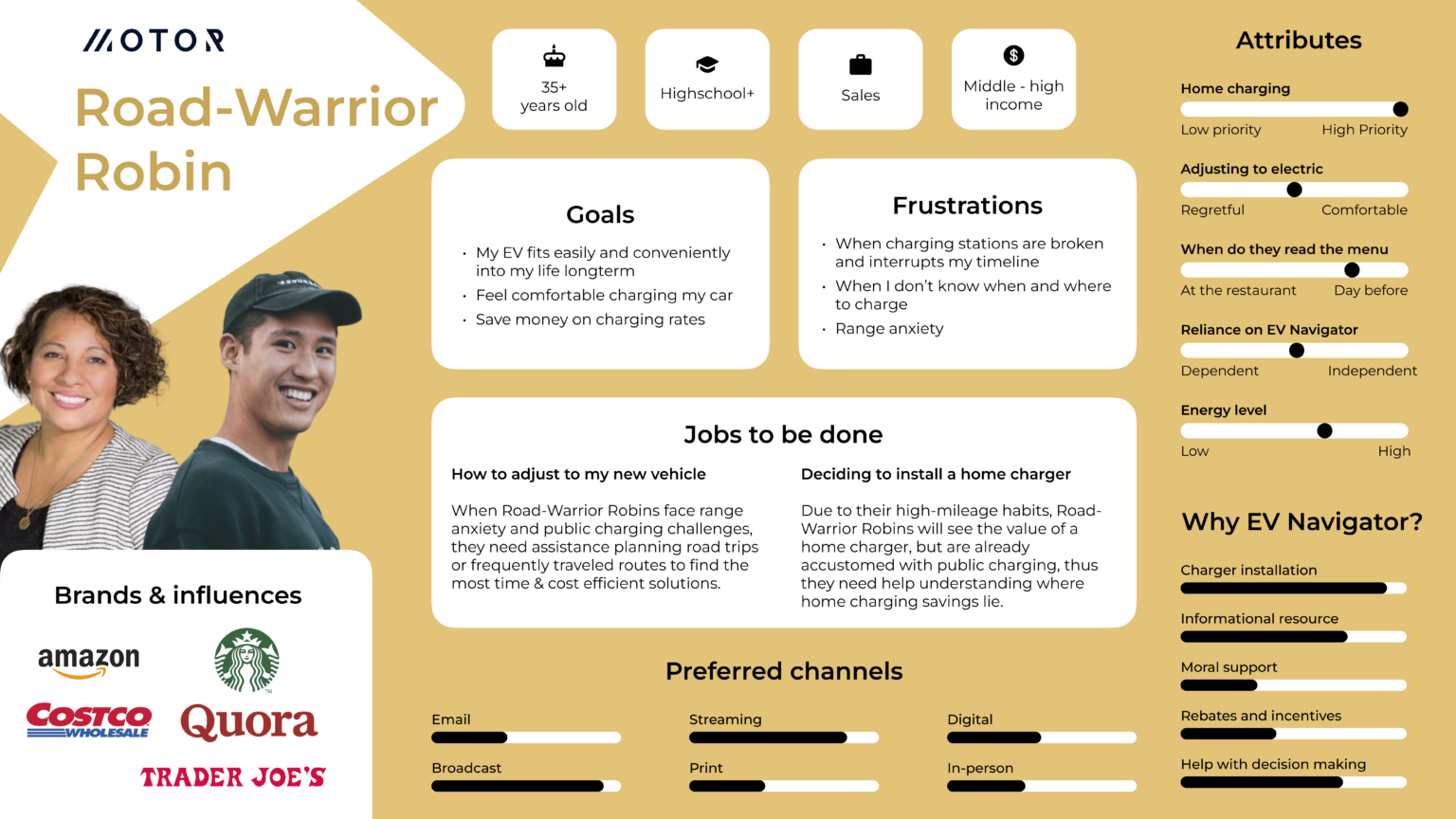
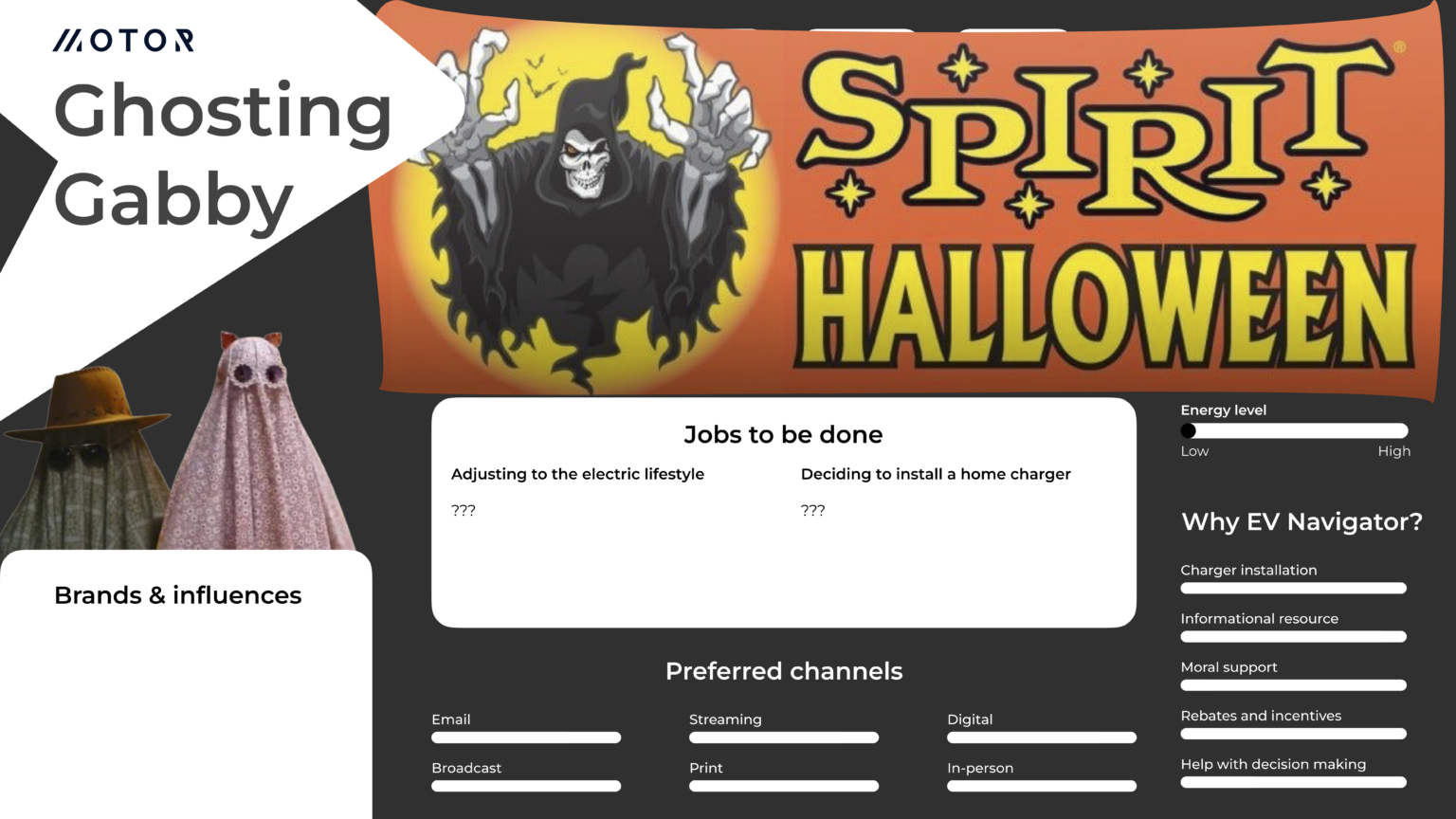
In addition to guiding product development and our customer success teams, these personas drove better-targeted email campaigns.
63%
open rate
245%
increased CTR
FInding the biggest barriers to EV adoption
To avoid being a solution in search of a problem, we had to understand what the real problems were.
Surveys, interviews, and secondary research revealed:
High costs
As with most new technology, the early models are targeted towards luxury, tech-forward consumers.
Range anxiety
Consumers are were worried about running out of charge, either due to lack of infrastructure or vehicle range.
HOW CAN WE ADDRESS HIGH COSTS?
Incentives & rebates
Federal, state, utility incentives were abundant. In our Vermont market, someone could get over $17,000 in rebates and tax credits, but finding and navigating incentives and eligibility criteria is difficult.
There are a lot of incentive finders online, how do they perform?
Insights from unmoderated interviews tasking users to use various online incentive checkers:
Lack of utility company incentives
No ability to tailor results to the user
Doesn't explain incentives in laymans terms
Users felt unsure of what the next steps should be
Users were still unsure of their eligibility
There was a gap in the market for an incentive checker that handles all the mental load of navigating incentive eligibility.
How I built our eligibility checker
Find all EV incentives
Search for every available tax credit, rebate, and charging program in our utility markets
Create eligibility flowchart

Build flowchart that can determine any person's exact eligbility for all incentives
Create a user-friendly and approachable form that asks the bare minimum amount of questions we need to determine eligibility
Build results template
Designed and created email templates and automations in ActiveCampaign that delivered eligibility results to customers with information and links to claim incentives
Design backend protocol and train customer success team
Train customer success team to determine a customer's eligibility with the flowchart and sending results
Results
18%
engagement among our EV Nav customers
(which, considering we were a free service they got with their car, is great!)
More than
$1 million
found in savings
HOW CAN WE ADDRESS RANGE ANXIETY?
Road trip plans
Despite the fact that pubic charging stations are expected to outnumber gas stations within 5 years, there are still a lot of barriers to drivers.
Chargers are not standardized
Chargers are often in non-intuitive places
Charging often requires phone apps
Drivers frequently have to wait 20+ minutes to fully charge
"We want to take our EV on road trips, but we just don't understand public charging."
- EV Nav customer
To address this issue, I created an online road trip plan requester.
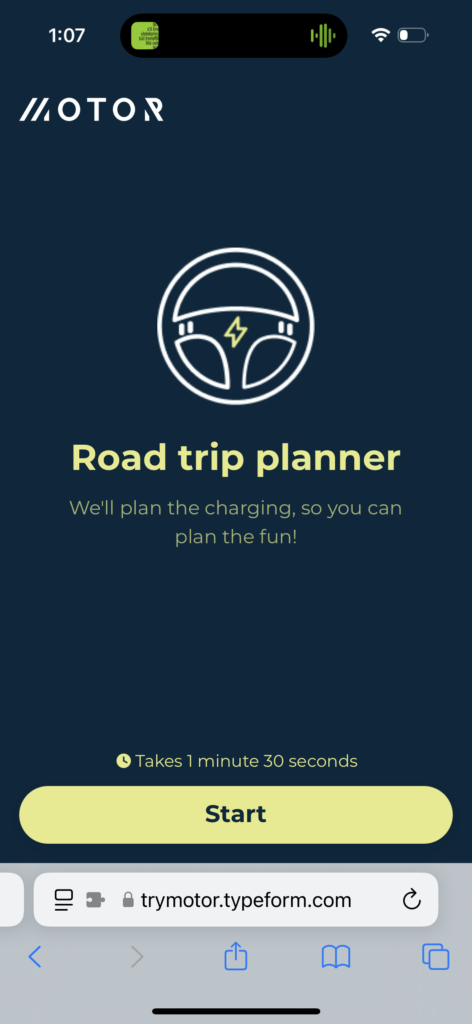
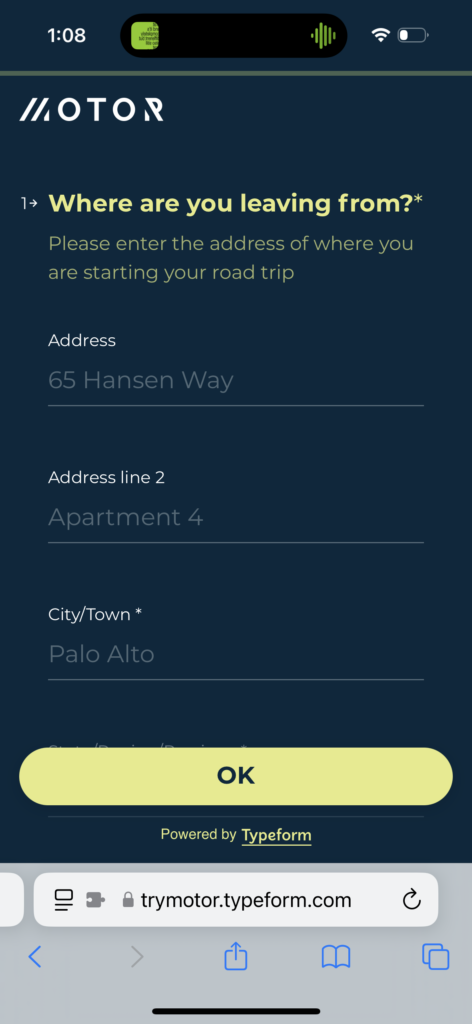
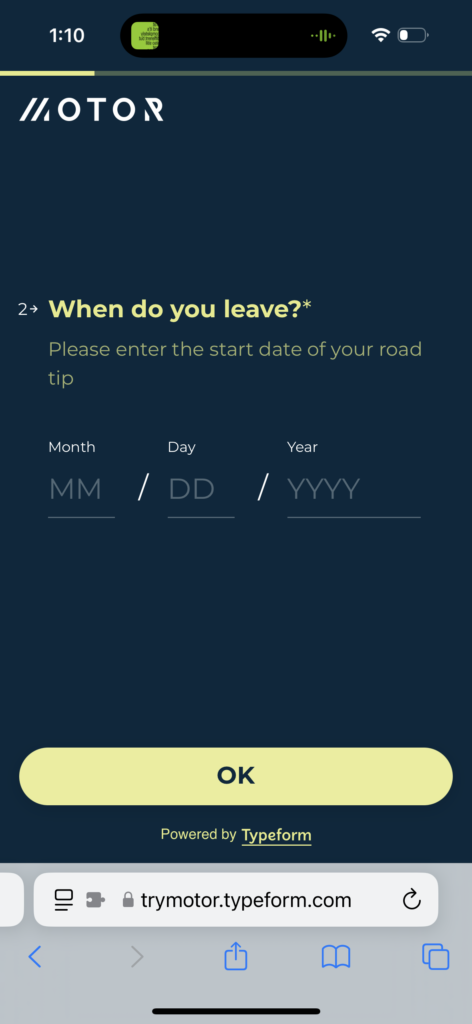
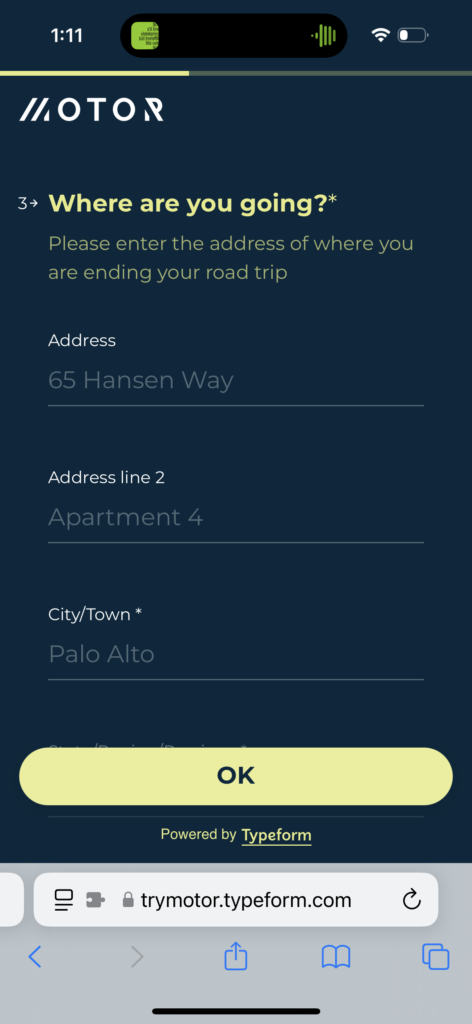
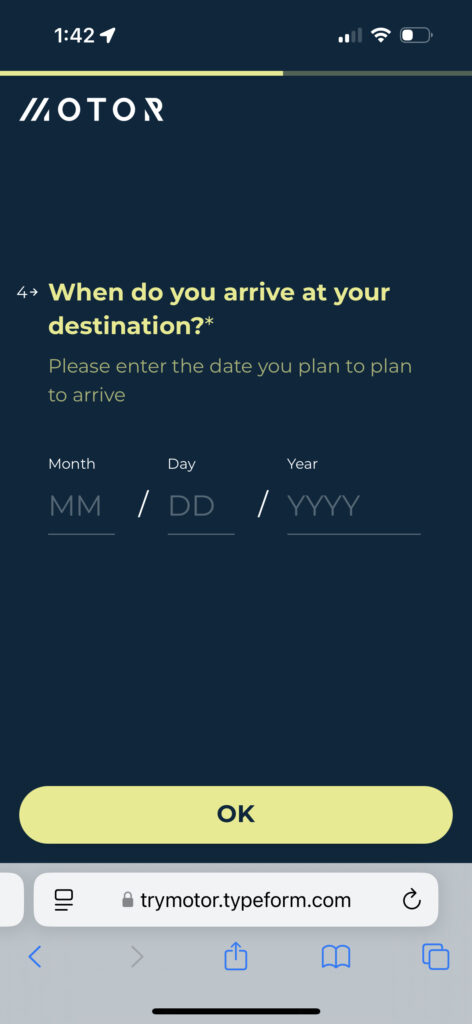
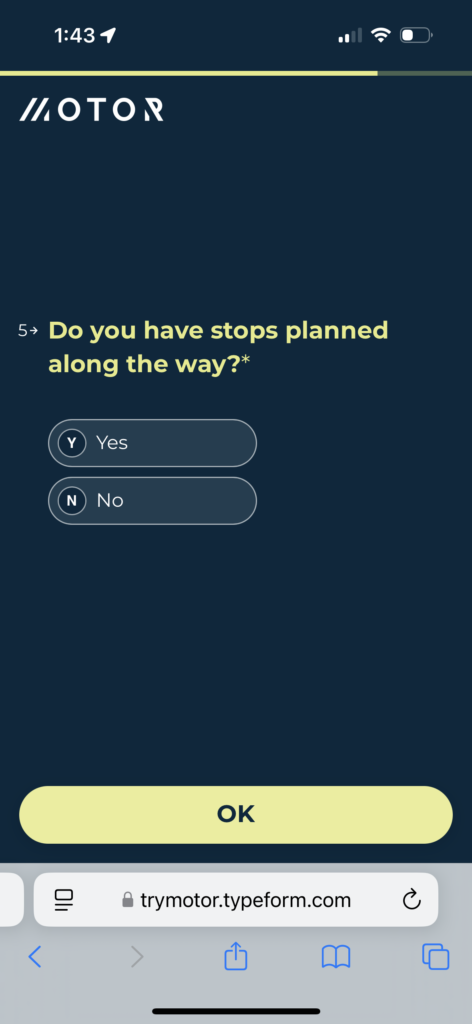

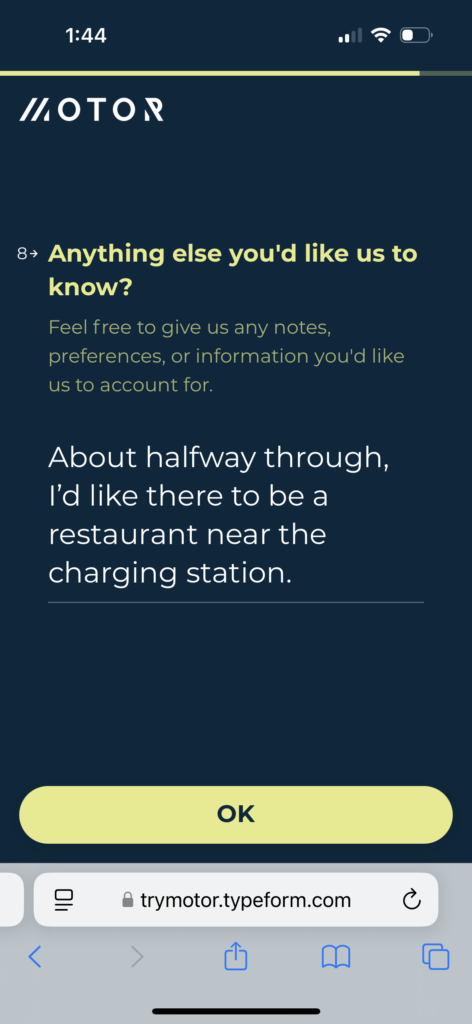
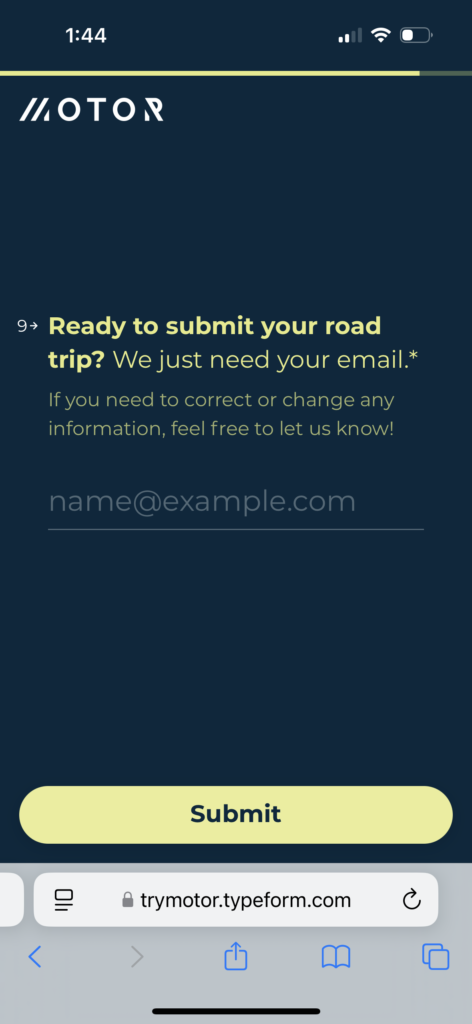
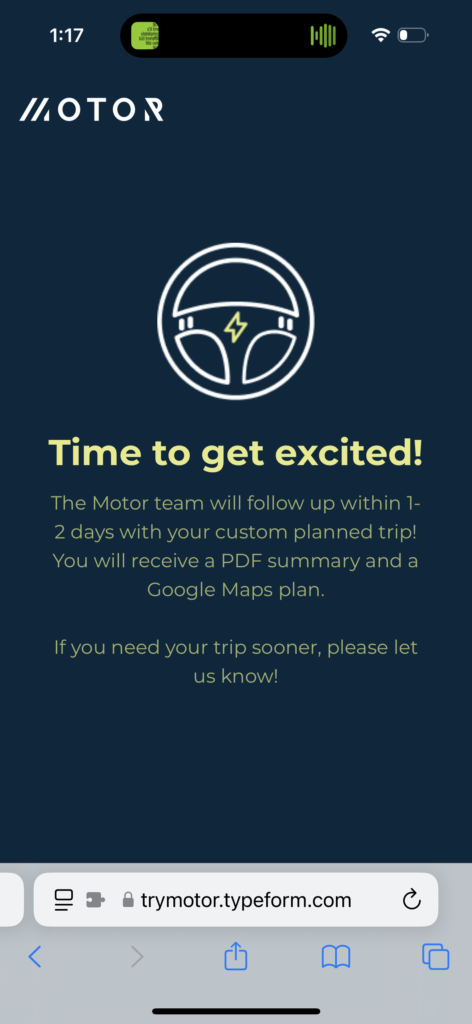
After submitting a road trip request, customers would receive a PDF detailing their charging plan + a link to a Google Maps trip.
